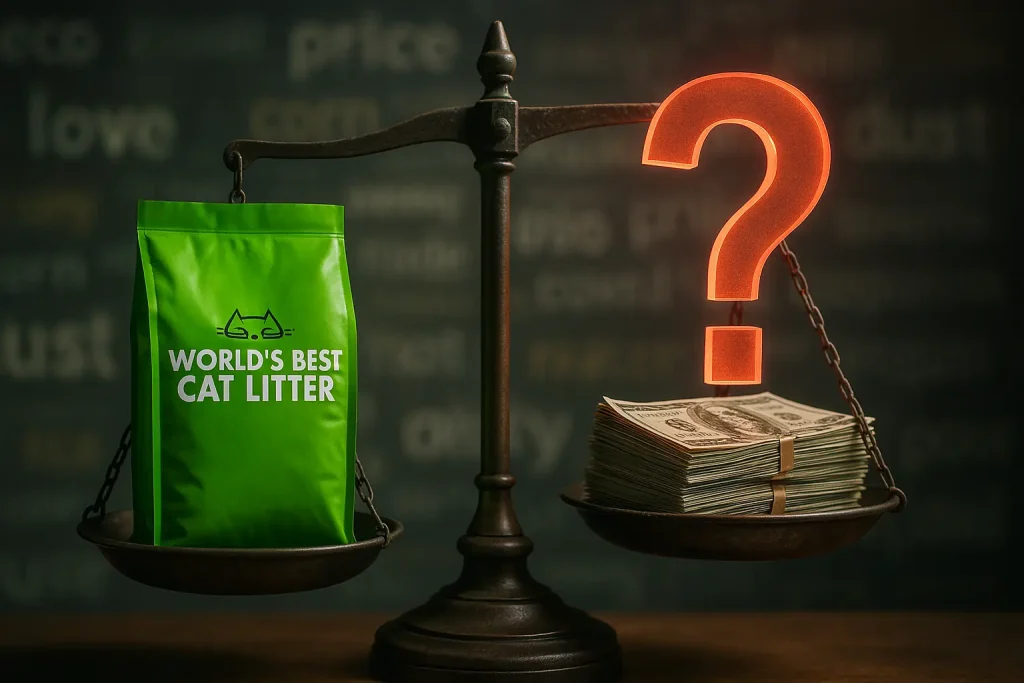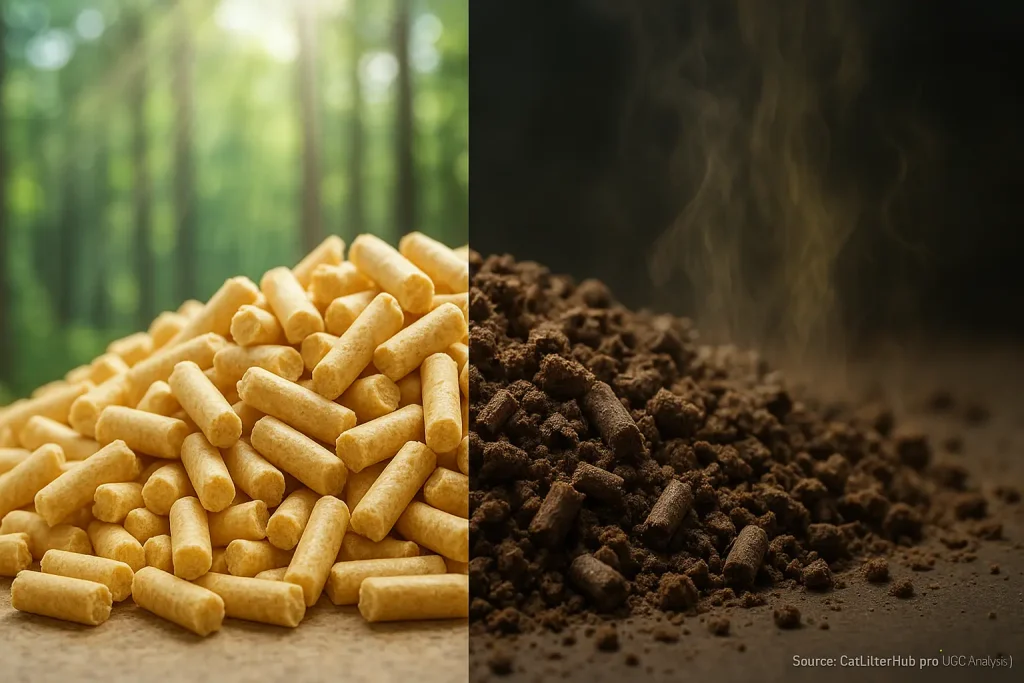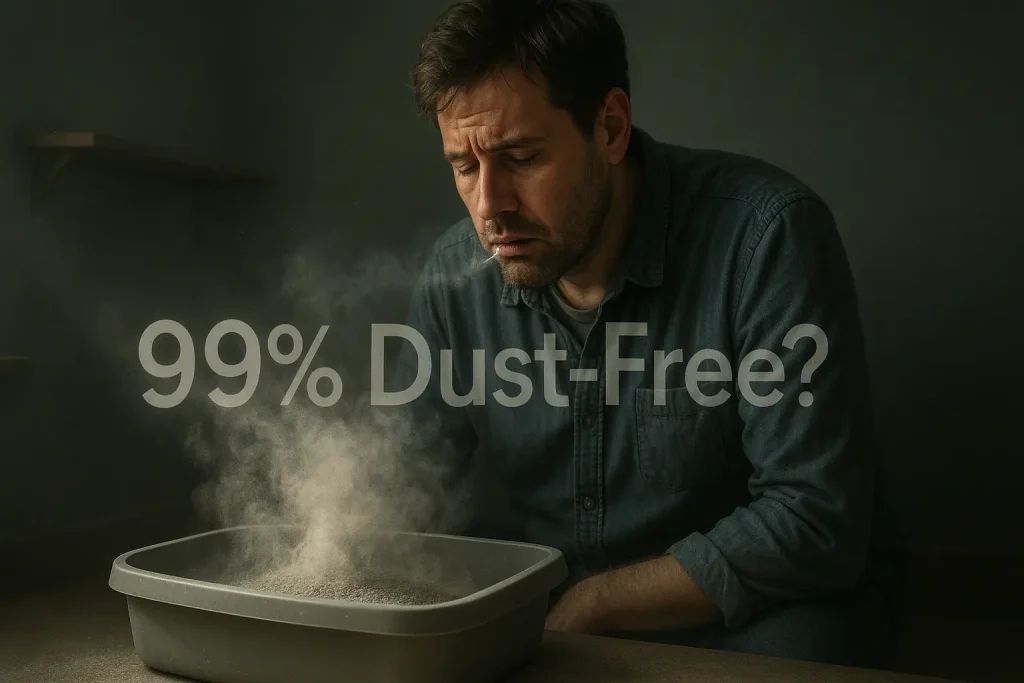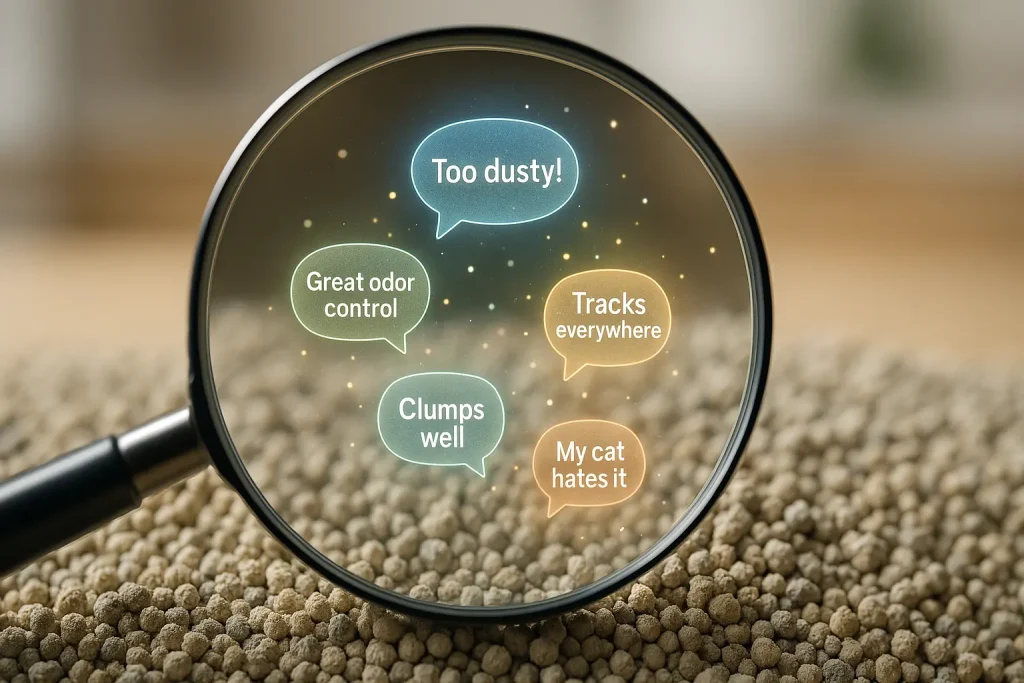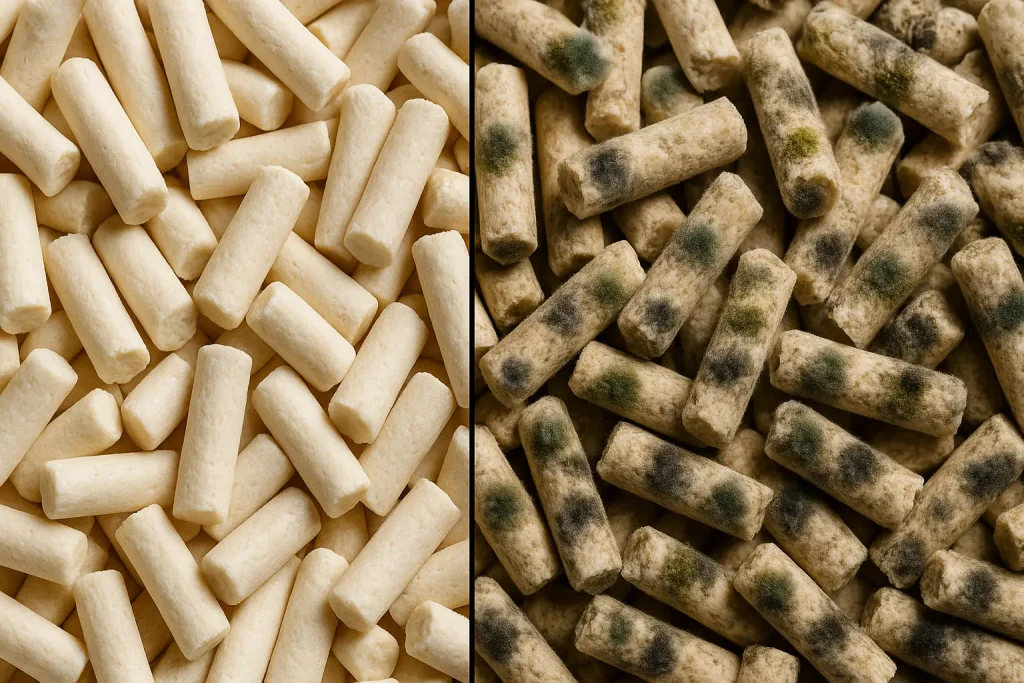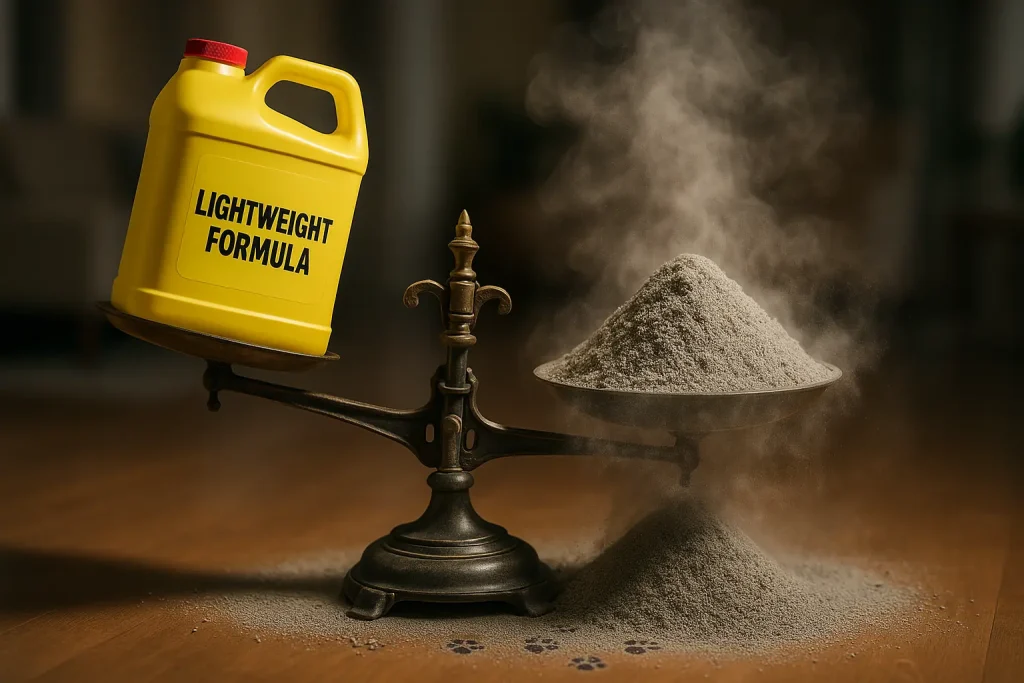More Than Just for Whiskers: Your Litter's Secret Talents
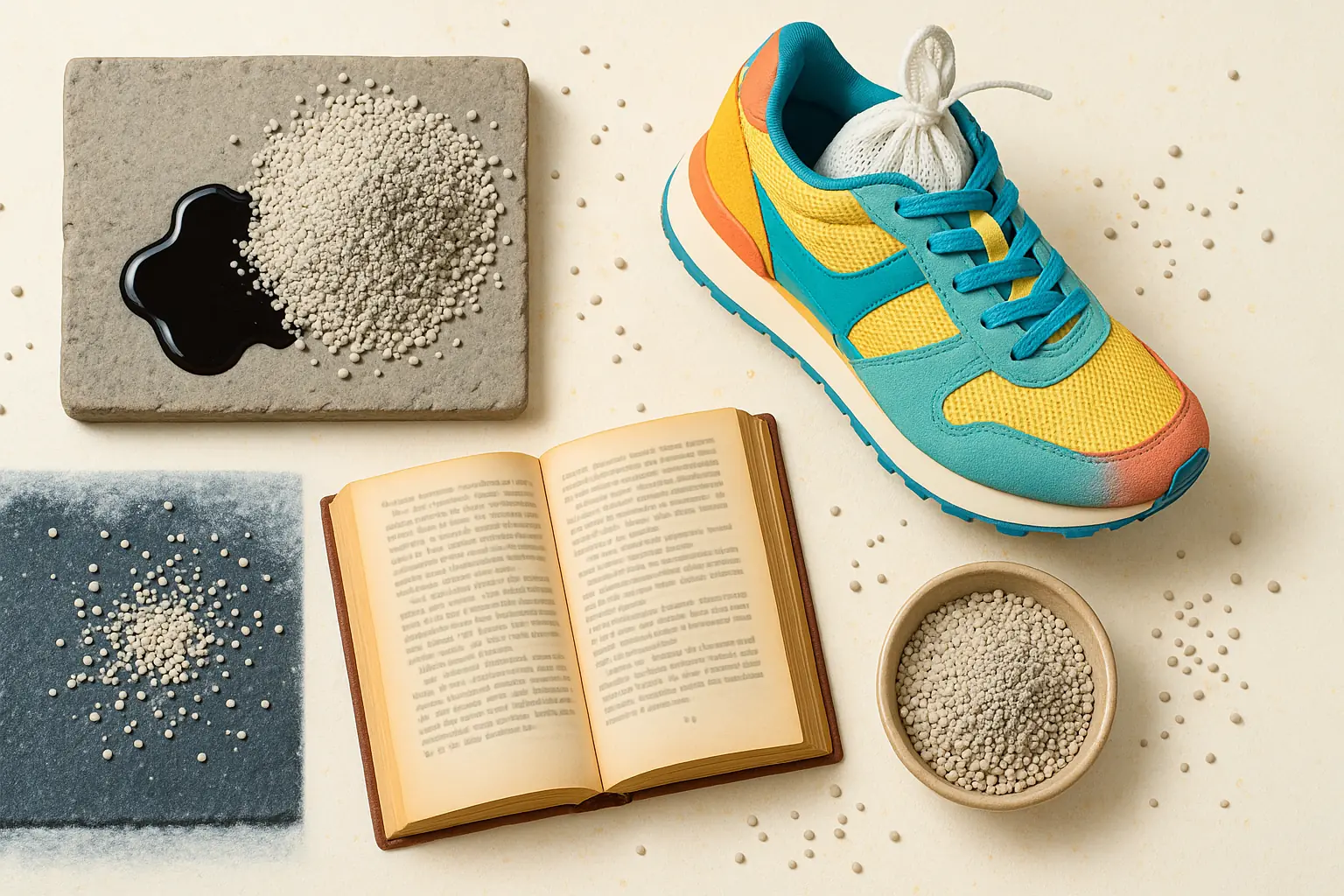
Got a half-used bag of cat litter? Your finicky feline might suddenly despise it. Or perhaps that new brand just didn't perform. Don't toss that litter! New, unused cat litter reveals a secret life of surprising versatility. Many resourceful owners have uncovered its hidden talents. This everyday pet product can become an unexpected household superhero. Our deep dive into user experiences brings these ingenious hacks to you.
What kinds of magic are we talking about? These are not lab experiments. These are practical solutions shared across countless online communities. Cat Litter Hub has synthesized this collective wisdom. You will discover how fellow cat parents repurpose new litter. They conquer stubborn garage spills. They banish moisture from damp spaces. Some even use it to create vital traction on icy paths. The resourcefulness found in user reviews is truly impressive.
Garage & Driveway Savior: Soaking Up Nasty Spills Like a Pro
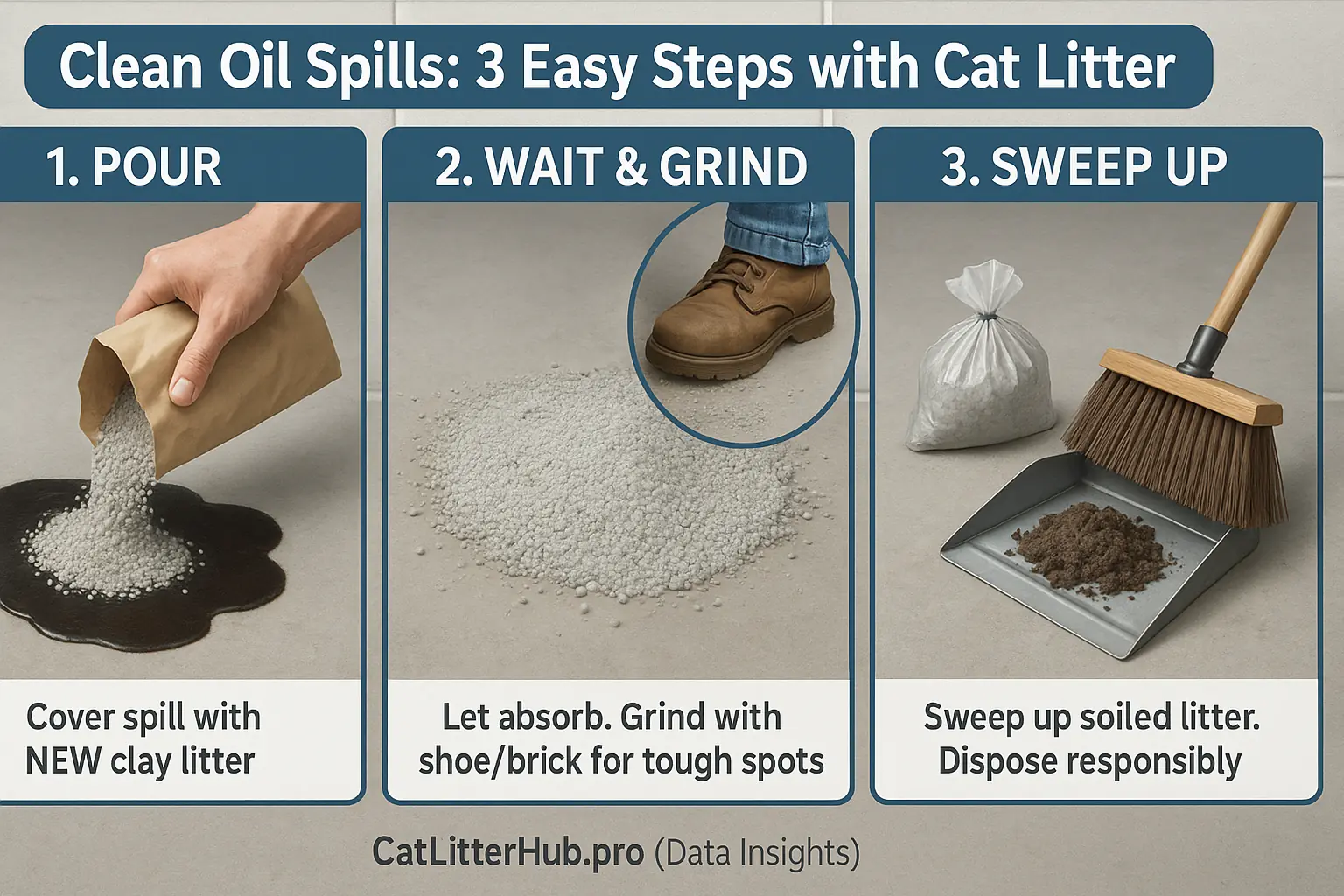
That dreaded dark stain. It spreads across your garage floor. A leaky car? Perhaps a tipped oil can. What now? Many users swear by a classic, cheap hack. Grab the NEW cat litter! This old-school garage wisdom finds new life. Modern DIYers confirm its power. Cat litter often works wonders on fresh spills. A common observation echoes in countless forum posts. Fresh litter pulls oil from concrete; many users find this surprisingly effective.
Clay litter acts like a simple sponge. Its porous structure traps messy liquids. Basic, unscented clay litter is a frequent user recommendation. This applies to both clumping and non-clumping varieties. The key is fresh, dry material. A practical moment from user experiences: Coarser clay litters often handle thick grease or oil better. They provide more initial surface area for absorption, according to DIYers. This makes them a go-to for tougher jobs.
So, how do people actually use it for spills? The collective wisdom from garage tinkerers is straightforward. First, generously cover the entire oil or grease spot. Don't skimp. Let it sit. Patience helps effective absorption. Many users report leaving it for at least a few hours. Some allow it to work overnight on stubborn stains. A widely shared tip involves grinding the litter into the spill. Use an old shoe. This action, people find, helps break the oil’s surface tension. It encourages deeper soaking. Afterward, you simply sweep up the saturated litter. Remember, dispose of oil-soaked litter responsibly. Check local guidelines for hazardous waste.
Moisture & Odor Buster: Beyond the Litter Box Freshness
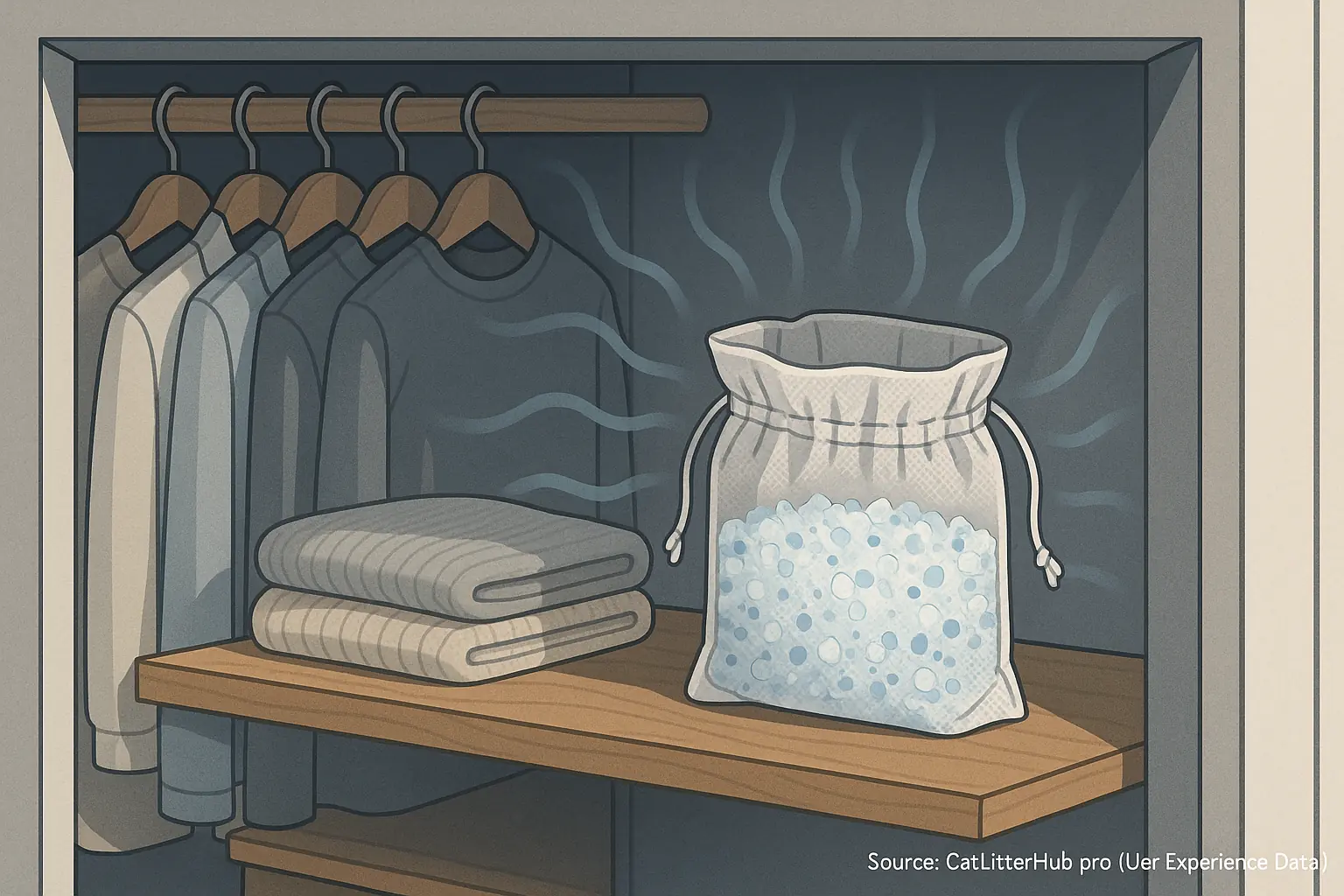
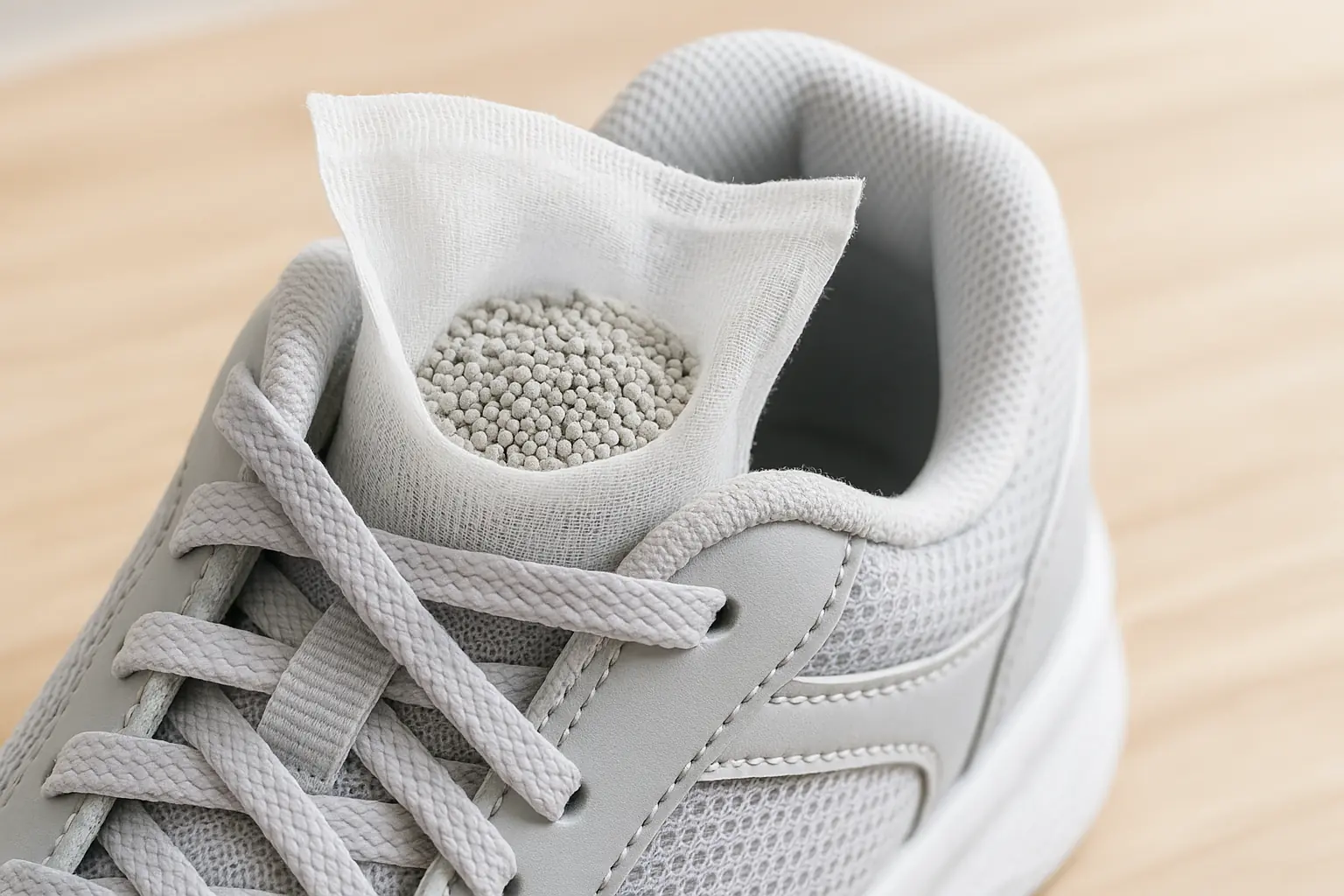
That stubborn musty scent in a closet’s back? Or the damp feel in a basement corner? Online communities buzz about an unlikely hero: NEW cat litter. People share stories of placing a simple bowl or mesh bag of it in problem spots. The collective experience suggests it passively draws out excess moisture. A budget-friendly dehumidifier, user-style.
So, which types get the nod from users for this moisture mission? Unscented clay litter is a frequent mention. Its natural absorbency is well-documented in reviews, even for these off-label uses. Silica gel litter crystals also earn high marks from DIYers. They are champions at wicking dampness. User insight: Many find silica gel particularly effective for smaller, enclosed areas. However, a common tip is that these crystals might need replacing, or even 'recharging' if the product allows, more often than some initially anticipate.
What about those persistent odors in gym shoes or a sports bag? Instead of masking sprays, many resourceful people turn to a different trick. They report tucking a small sachet of NEW, unscented cat litter inside. The word is it helps neutralize those unwelcome smells directly. Unscented clay is often the go-to for this. Some users even experiment with litters containing activated charcoal for extra odor-fighting power, though unscented remains a primary choice for simple freshness.
Now, a few practical points from shared user wisdom. Always use FRESH, new litter for these tasks. Critically, keep any litter used this way well out of reach of pets and curious children. It’s not for play. And, common sense prevails: avoid placing it near food preparation zones or open food. These are clever hacks. Safety remains key.
Winter Warrior: Gaining Traction on Icy Sidewalks & Driveways
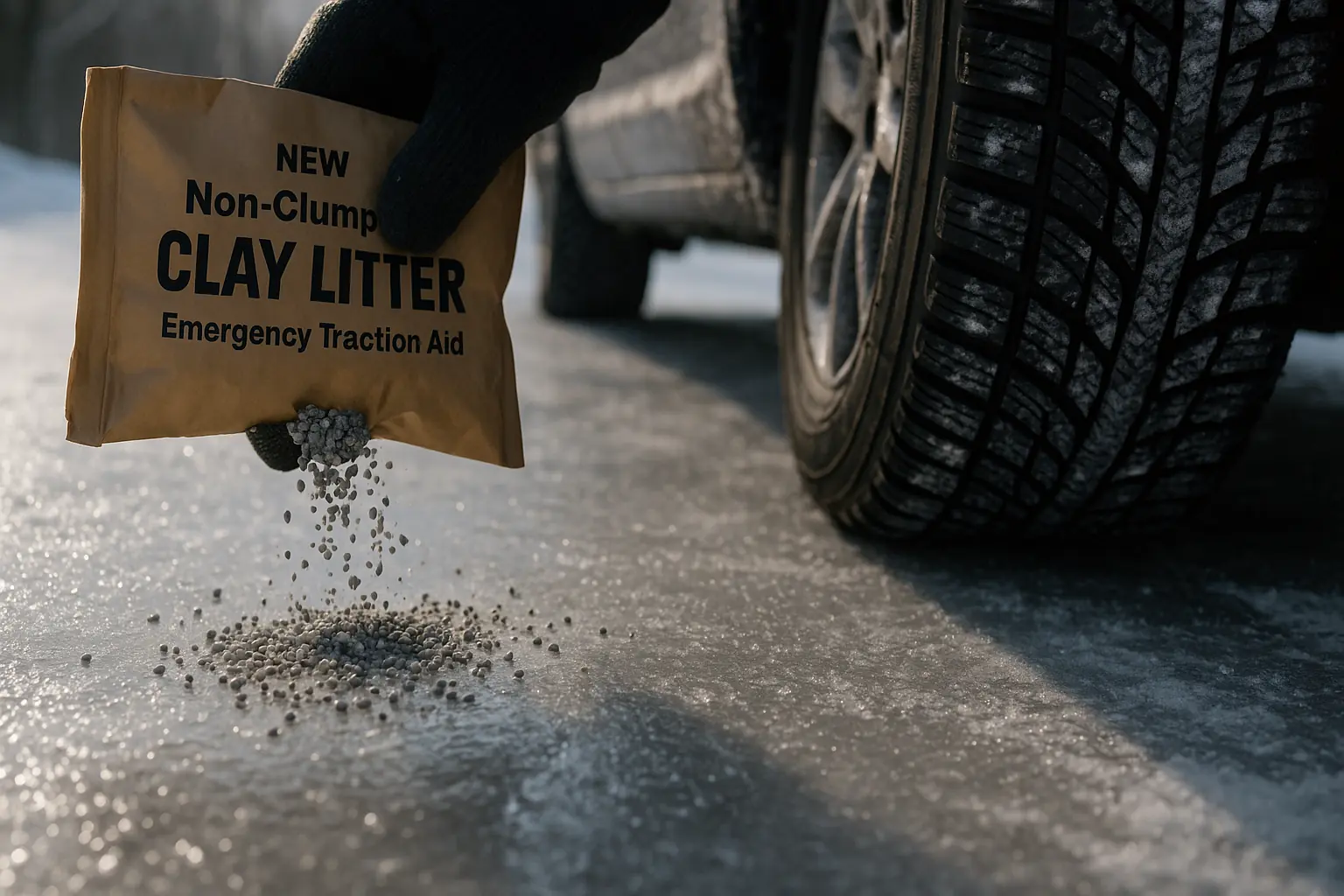
Sudden ice strikes. Resourceful drivers and homeowners share a clever winter tip. Your spare bag of cat litter helps. Specifically, new, non-clumping litter provides emergency traction on slick spots. This UGC hack is widely known. It's a real winter warrior.
The litter’s gritty texture creates instant grip. This physical barrier helps prevent dangerous slips on icy surfaces. Users prefer basic, non-clumping clay litter for this purpose. Clumping varieties, when wet, can become slicker, user experiences confirm. That condition defeats the objective. Users stress one point: it's for traction, not melting ice like salt. Think instant sandpaper. It offers immediate aid for your tires or shoes.
Application is straightforward. People sprinkle it generously on icy steps for safer footing. A common practice involves keeping a bag in their car trunk for winter emergencies. A stuck car benefits; litter under tires aids movement. A community-reported benefit is its relative pet safety. Paws appreciate this aspect. It’s also generally less corrosive to driveways and walkways than chemical de-icers. Salt damages concrete surfaces.
This hack has limitations. Cat litter provides temporary traction, not a long-term ice solution. It does not melt ice. User accounts mention it can become messy once the ice thaws completely. Cleanup is a consideration. For thick ice or severe conditions, dedicated de-icing products perform better. A crucial reminder: use NEW litter only. Used litter introduces contaminants and loses its dry, gritty effectiveness.
Smart Choices: Which Litter Types Excel in These Non-Cat Roles?
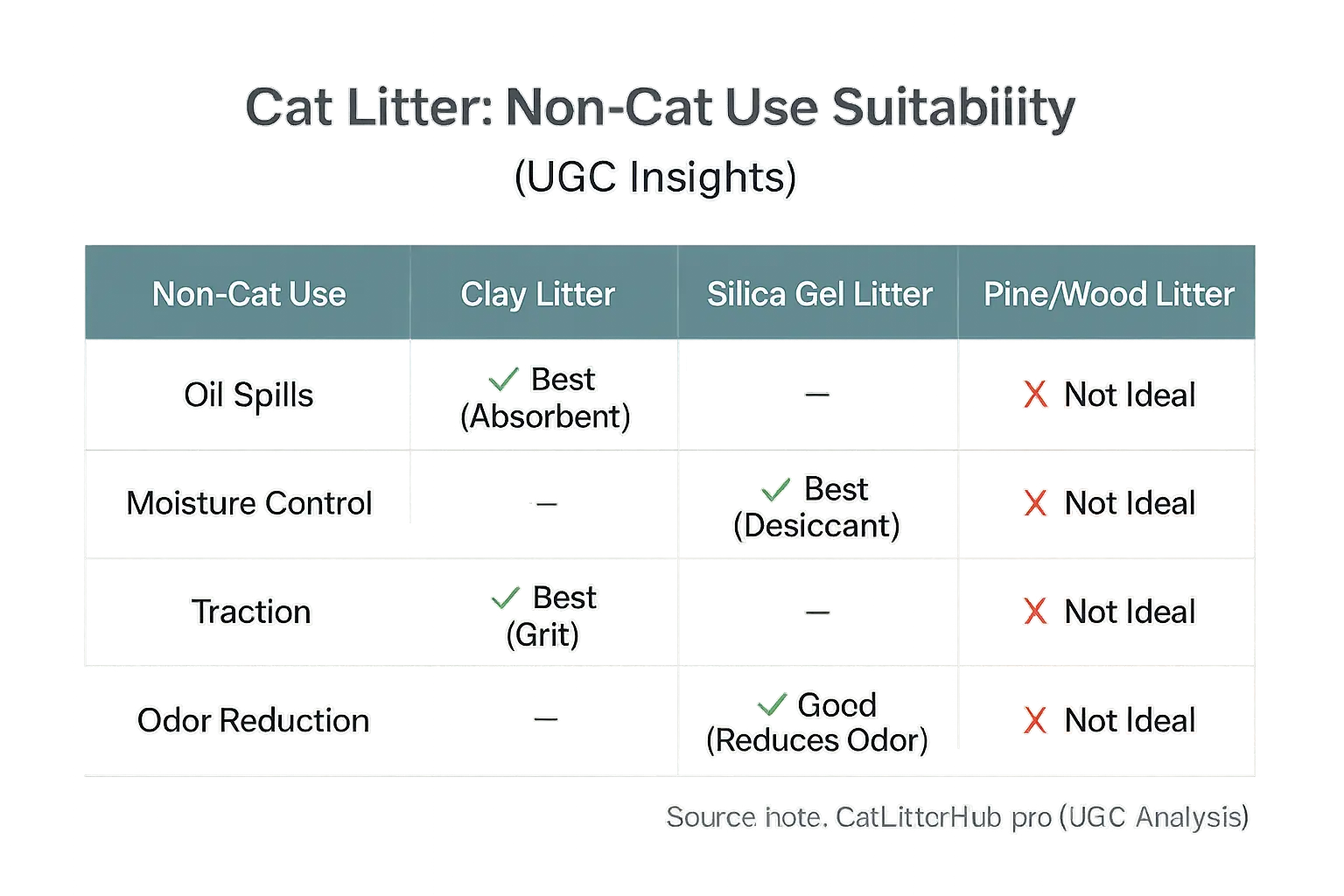
User experiences reveal distinct choices for non-cat litter applications. Specific material properties drive these preferences.
- Clay Litters: Users widely recommend these for absorbing oil and grease spills. Their high absorbency gets consistent praise. Non-clumping clay varieties provide excellent traction. Their gritty texture helps on icy surfaces, users report. General moisture absorption is another frequently cited benefit from owner experiences.
- Silica Gel Litters: Many users report silica gel crystals excel at moisture control. Small, enclosed spaces particularly benefit. Some owners also note their effectiveness for non-pet related odor absorption. A common consideration in reviews: the higher cost for these alternative uses.
- Natural Litters: Pine, paper, and similar natural litters are less frequently mentioned by users for these specific tasks. Their inherent material characteristics differ significantly. Some natural litters, for example, carry distinct scents. Others may lack the fine particulate structure. This structure is often ideal for oil absorption or providing grip.
The core insight from collective user experience is clear. Match the litter's dominant property to the specific non-cat challenge. Consider absorbency. Texture. Odor neutralization. A critical reminder echoed in countless reviews: always deploy NEW, uncontaminated litter for any alternative household uses.
Word to the Wise: Important Caveats & When NOT to Repurpose Litter
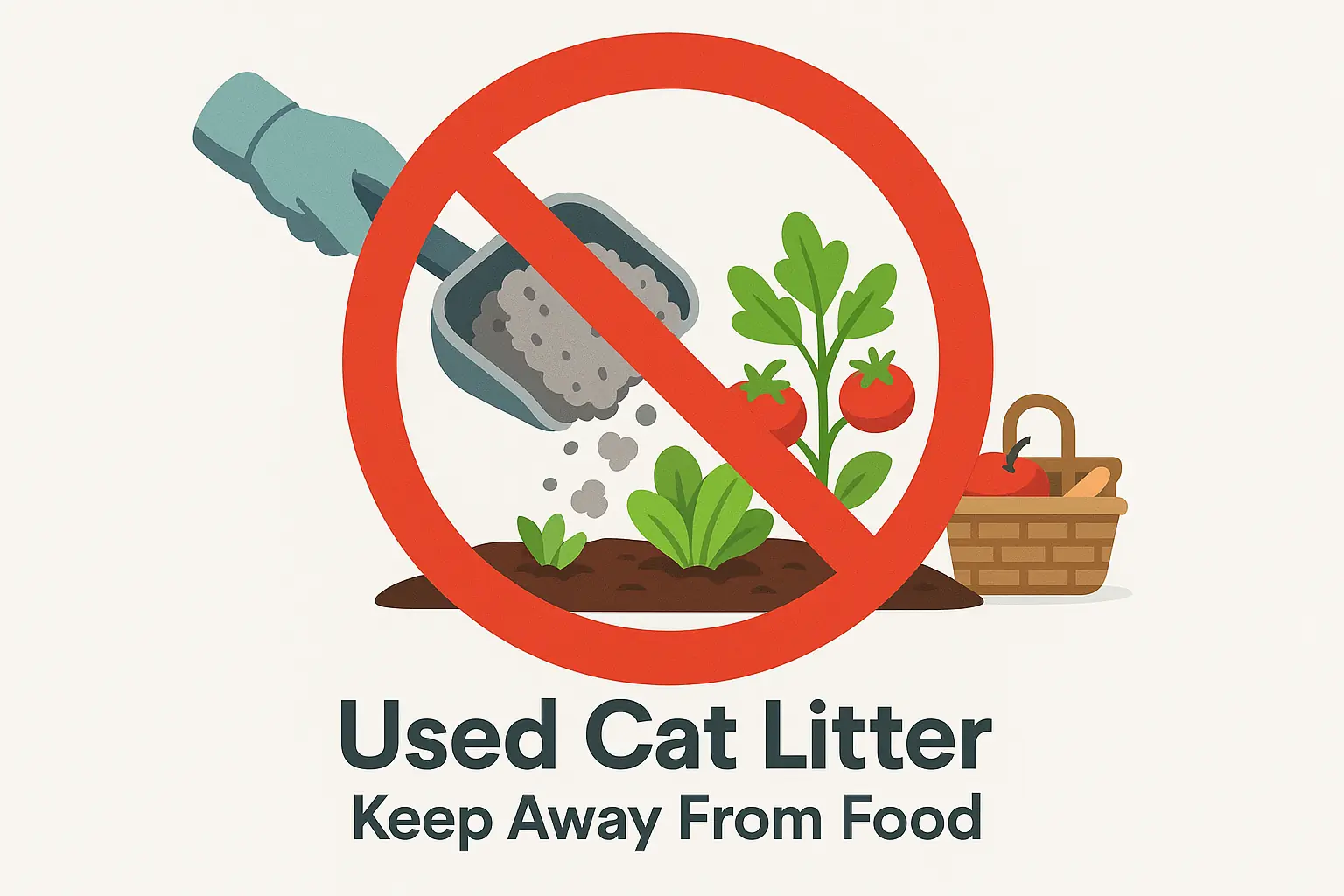
One crucial point: all alternative uses require new, unused cat litter. This is non-negotiable. Used litter contains bacteria. It can host parasites. Toxoplasmosis presents a significant health risk. Repurposing soiled material creates unacceptable hygiene dangers. The collective voice of cat owners underscores this warning for your well-being.
Cat litter has no place near food preparation or cultivation. This rule covers vegetable gardens. It also applies to compost heaps intended for edible plants. Potential contaminants make this an unsafe practice. Some litters include chemical additives. Even 'natural' products might carry residues from their source or processing. Protecting your food sources remains essential. User reports strongly advise against any such use, ever.
Dust remains a consideration. Clay-based litters often generate fine particles. These airborne particles can irritate lungs if inhaled. Keep repurposed litter inaccessible to children. Pets also require this safeguard from unnecessary exposure. What if a use feels uncertain? User wisdom dictates: when in doubt, err on the side of caution. If it feels sketchy, it probably is. Stick to the litter box for your furry friends if you're unsure about an alternative use. This practical guidance reflects widespread community consensus on safety first.

